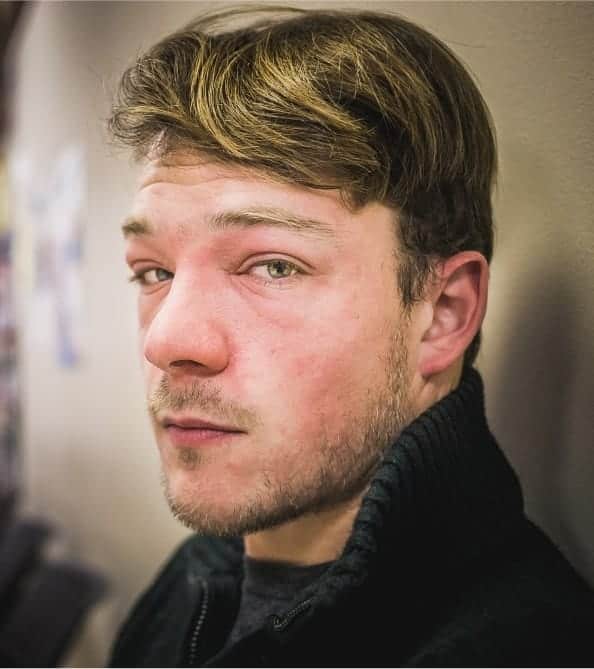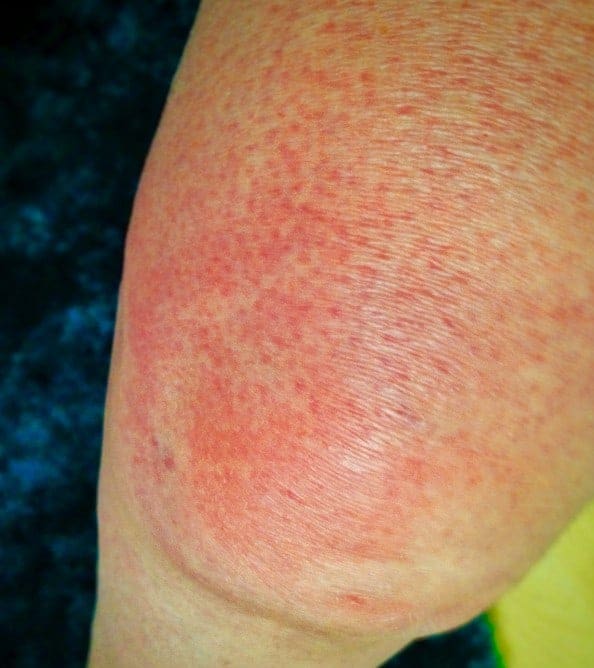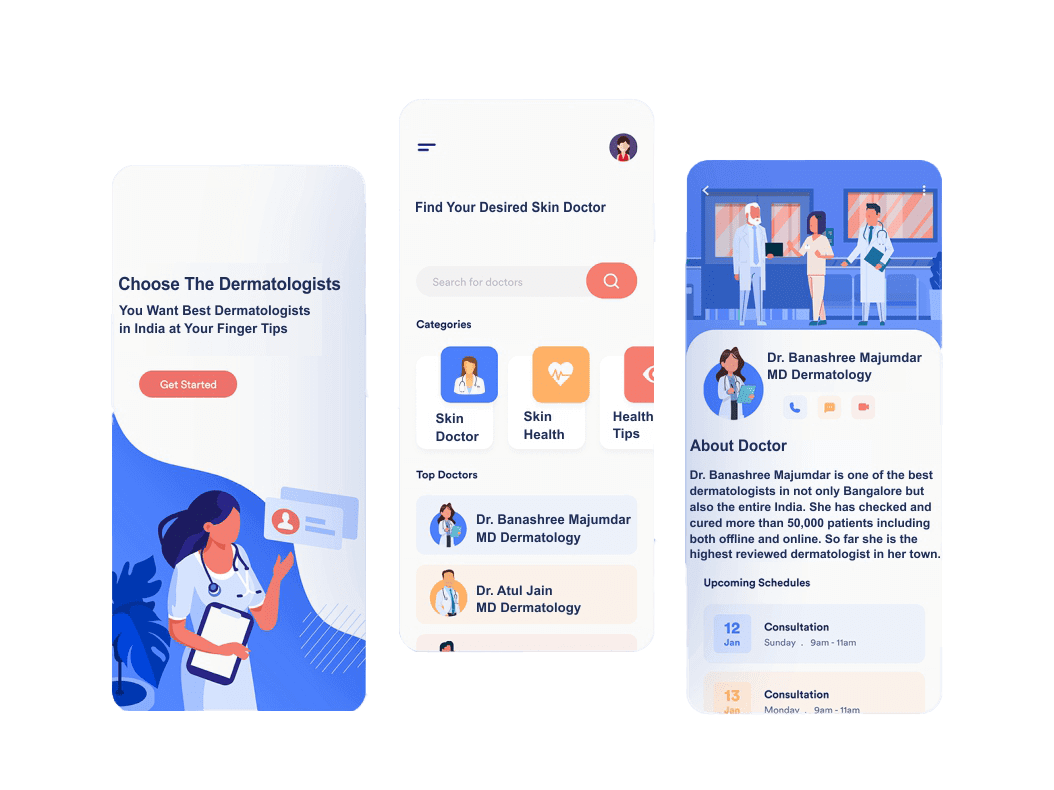Urticaria - Know About Disease, Treatments, & Cost in Jaipur at Skinaa Clinic
So Far, We Have Successfully Treated 2100+ Urticaria Patients at Skinaa Clinic in Jaipur
Best Treatment for Urticaria at Skinaa Clinic
Urticaria usually goes by the name ‘Hives’. It is a condition in which red, mildly swollen bumps appear on the skin in a short amount of time due to either the body’s response to specific allergy-causing substances or insect bites. Before we talk on how to cure Urticaria, it is important to understand its symptoms: a sudden appearance of red, itchy, & swollen bumps of different shapes and sizes (a small penny to a big sheet of paper) all over the body.
The bumps in Hives may disappear after a certain time and reappear again. Here, we need to understand that Hives are different yet similar to Angioedema in which the layer under the outer skin of very specific body parts such as lips and eyelids become extremely swollen. At Skinaa Clinic, the best treatment for Hives and Angioedema, are available by the best dermatologist in the country.
At Skinaa Clinic, we offer an extensive range of Urticaria treatments designed to rejuvenate your skin and reduce the signs of Urticaria. Our approach combines the latest technology with expert dermatological care, ensuring that each treatment is tailored to meet your individual needs and deliver optimal results.
Symptoms of Hives
Raised Itchy Bumps on Skin: Hives are characterized by raised, red, and often itchy bumps on the skin. These welts can appear anywhere on the body.
Goes Away Quickly and Comes Back: One of the hallmark features of hives is their transient nature. The bumps may disappear from one area and then reappear in another.
Blanching Effect: When pressed, the center of a hive typically turns white. This is known as the blanching effect and is a key identifier for hives.
Size of Bumps May Vary: The welts can vary greatly in size. Some may be as small as a pencil eraser, while others can grow as large as a dinner plate.
Potential Triggers of Hives
Food Allergies: Certain foods can trigger an allergic reaction leading to hives. Common culprits include nuts, shellfish, eggs, and dairy products.
Certain Medications: Medications, especially antibiotics like penicillin, painkillers like aspirin or ibuprofen, and certain blood pressure drugs can trigger hives.
Insect Bites or Stings: Bites or stings from bees, wasps, and other insects can cause an allergic reaction manifesting as hives.
Exposure to Extreme Temperatures: Sun exposure, extreme cold, or heat can provoke hives in some people.
Bacterial or Viral Infection: Infections, both bacterial (like strep throat) and viral (like the common cold), can trigger hives.
Plants or Pollen: Contact with certain plants or exposure to pollen can also lead to hives in sensitive individuals.
Understanding these symptoms and triggers is crucial for managing and preventing hives. If someone experiences hives along with more severe symptoms like difficulty breathing or swelling of the face, throat, or tongue, they should seek immediate medical attention, as this could be a sign of a more severe allergic reaction.


FAQ
What Are the Symptoms of Hives?
Symptoms include raised itchy bumps on the skin, which may disappear and reappear in different areas, a blanching effect when pressed, and varying sizes of welts.
What Triggers Urticaria and How Can These Be Managed?
Common triggers include food allergies, certain medications, insect bites or stings, extreme temperatures, and infections. Skinaa Clinic helps in identifying and managing these triggers.
When Should I See a Dermatologist for Hives?
Seeing a doctor is highly recommended and is crucial when you are suffering from hives. When some patients ignore the symptoms of hives for some time, it usually begins to appear more and more frequently with increased size bumps. Later, the itch became unbearable and many patients reported that some of them turned bloody after severe itching. To avoid such an extreme scenario, taking appropriate treatment for hives from an experienced dermatologist becomes very crucial.
How Can I Distinguish Hives from Angioedema?
In Angioedema, the tissues beneath the skin surface become swollen. On the other hand, in the case of Hives, the skin itself gets swollen and turns red. The swelling in Angioedema is usually in a small part very enlarged in size while very low but in a very large area in Hives. Angioedema stays there for long and completely goes away slowly without coming back again. In Urticaria, the bumps keep going and coming back.
What is Urticaria and How is it Treated at Skinaa Clinic?
Urticaria, commonly known as hives, is a condition where red, swollen bumps appear on the skin due to allergic reactions or other triggers. Skinaa Clinic offers advanced treatments for hives, tailored to each patient's needs.
Rooms
Cured
In India
Practo
Become a Premium Skinaa Member
Apply for a Premium Membership at Skinaa Clinic and Avail Stunning Off on
Consultation Fees, Lots of Free Procedures, Get Preferred Support and Feel
Extraordinarily Exclusive.





